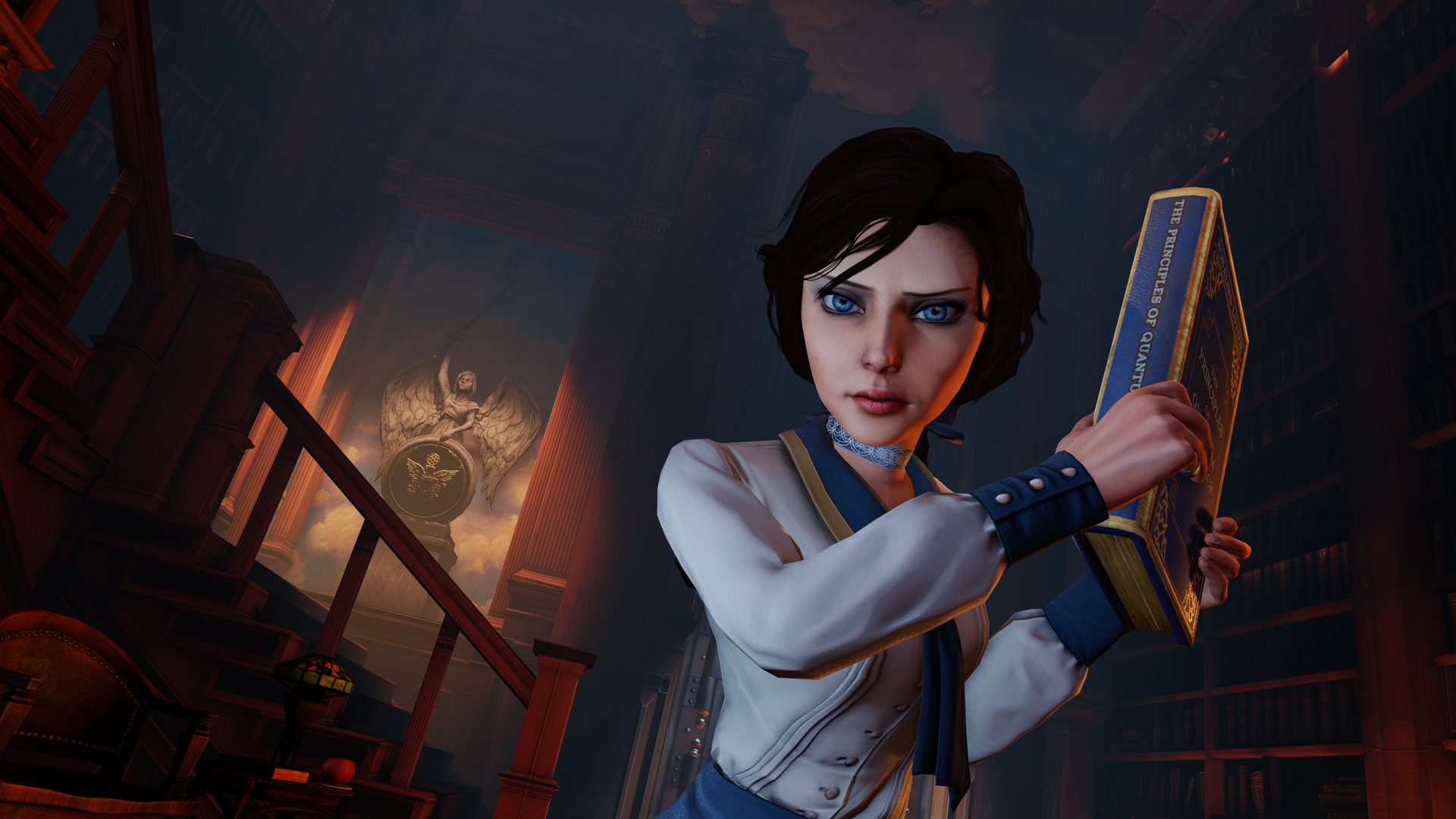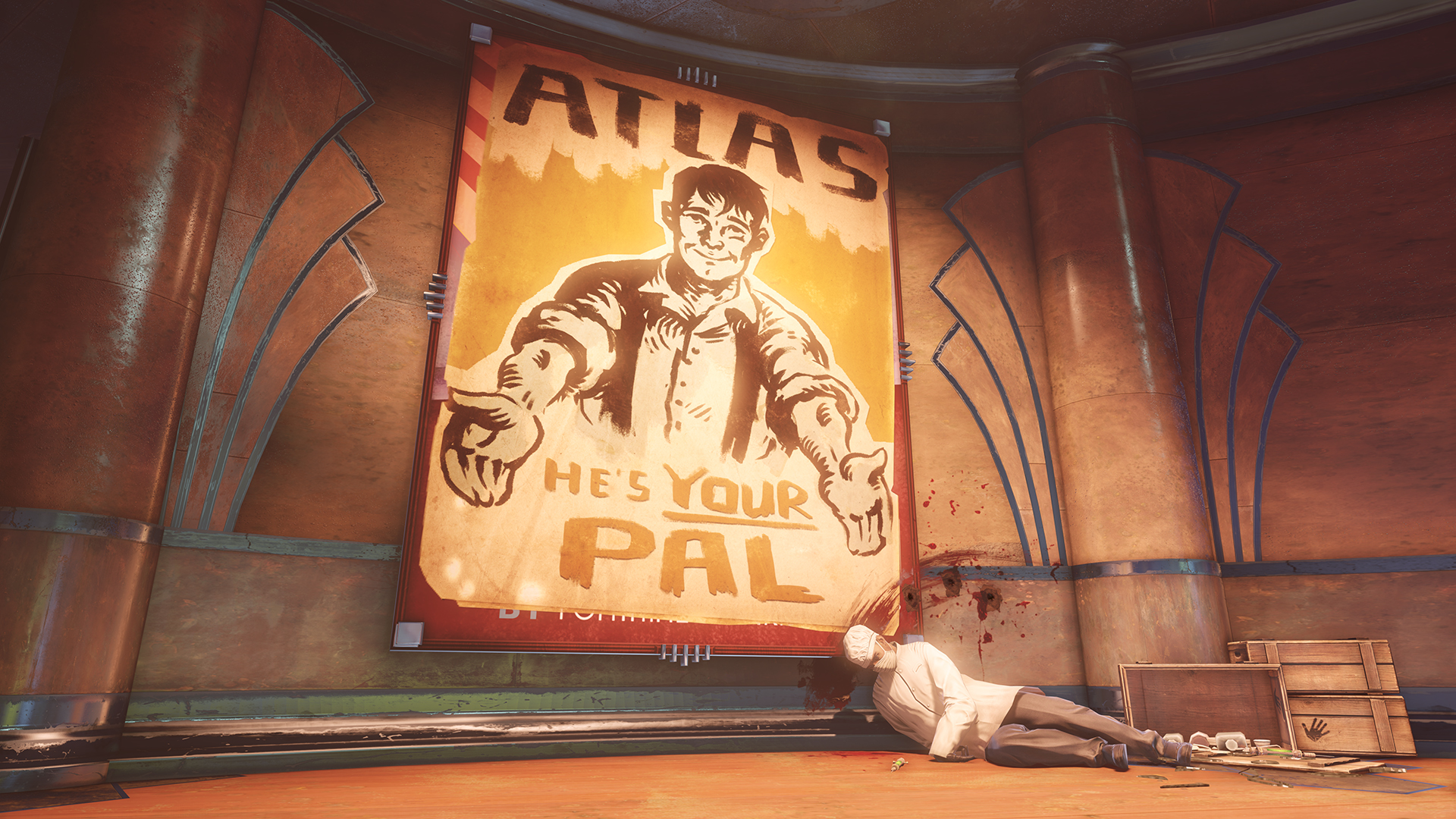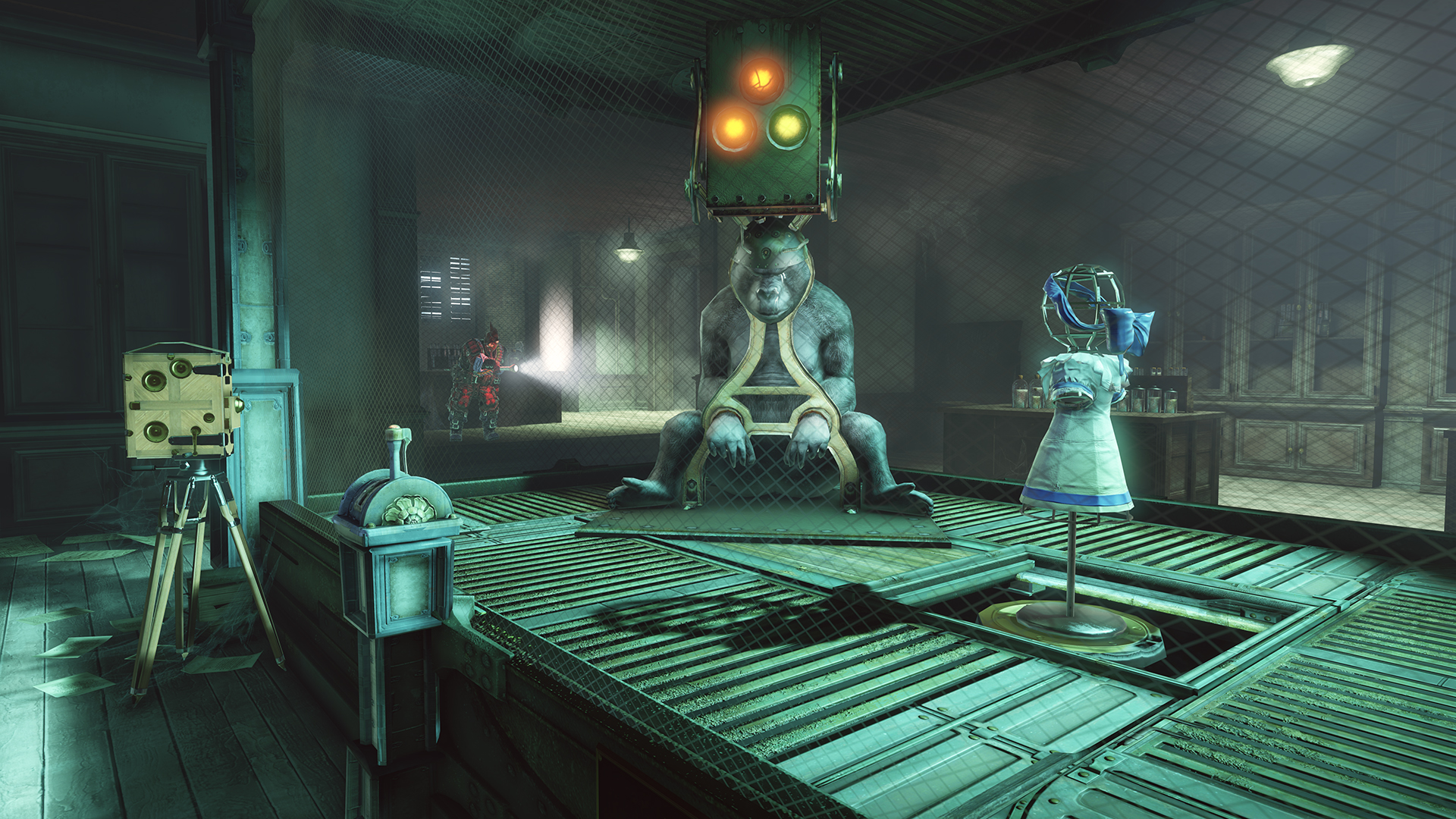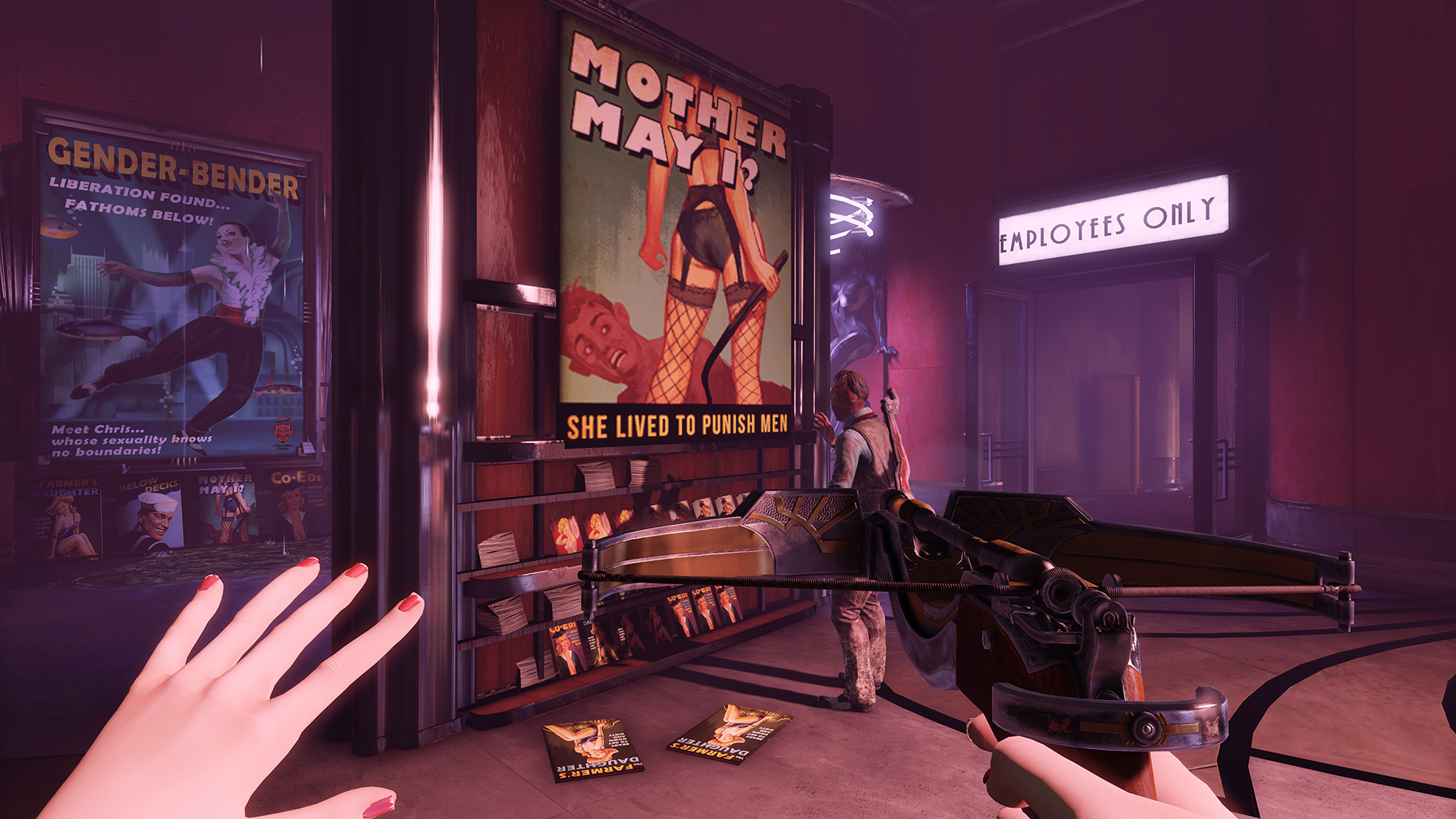Burial at Sea was envisioned as BioShock Infinite DLC, but it become a game in its own right

With 2016's BioShock Collection comes the opportunity to revisit arguably the most interesting series to ever grace Xbox. Even when a BioShock game is flawed – because of annoying pipe puzzles, having to retread a setting or an exhausting boss fight with a ghost lady – it’s always worth talking about. But it also gives you the chance to play BioShock Infinite’s superior DLC, which unfortunately got a little lost in the Xbox generation gap. If you’ve been wishing for a fourth game but have never played Burial at Sea, the good news is you basically have one.
To summarise the end of Infinite, (and there are obviously spoilers coming) Elizabeth kills her father, Booker DeWitt, after learning that he and Father Comstock, villain and founder of the floating city of Columbia, are one and the same person (from alternate timelines). Following his grim participation in the Battle of Wounded Knee, Booker undergoes a baptism ritual, where he must choose between being reborn as Comstock or rejecting God. Elizabeth drowns Booker before either reality comes to pass. In Burial at Sea, the Elizabeth you spent hours with in infinite comes to kill the last Booker, who’s been hiding in the underwater city of Rapture.

What happens over the next seven to eight hours connects the timeline of Infinite to that of the original BioShock in a way that’s considered controversial among many fans. A DLC that begins with allusions and references to the events of the first game soon becomes a full-on prequel. But I don’t think you should overthink whether Burial at Sea is meant to be canon or not. Instead, it should be taken as what it is: the most lavish and novel piece of fan service ever created for a game, and a chance to revisit an iconic setting and fight colourful villains. What could be better than that?
Burial at Sea’s second chapter also has the best gameplay outside of the sandbox combat options presented in BioShock 2. It retools Infinite’s relentless shooting into a proper stealth game, where Elizabeth has to avoid the gaze of enemies and use her tools to get the better of them. I can fire a noisemaker dart against a wall, drawing splicers to its location, then follow up with a gas dart, dropping them all, or a blast of ice so I can shatter them with the wrench. Figuring out the best ways to use these tools becomes more like a puzzle than an FPS, and I’m actively engaging with it in a way I couldn’t while spamming vigors at enemies in Infinite. It’s tightly put together and a lot of fun, and makes me think Infinite could’ve benefitted from the option to approach most areas in Columbia in stealth. That, and removing the whole ghost lady bit, which was rather turd.

Andrew Ryan, Rapture’s creator, makes scarce appearances in Burial at Sea - a wise creative choice, maintaining his mystique. The best sequence sees him appearing motionless on a black-and-white screen in the lab of Dr Suchong, who created the Plasmids special serum in BioShock. He threatens Elizabeth and sends in his forces to deal with her. I fail it five times, until I learn the exact combination of possession traps and surprise Old Man Winter freeze attacks that get me the drop on Ryan’s men. It’s moments like this, where Elizabeth has to survive a collapsing dystopian landscape with just basic tools, and without Booker or her powers, that Irrational Games really shine.
As for the ending, Jack’s arrival in Rapture is largely down to Elizabeth’s own actions in the DLC’s second chapter. She’s blackmailed into working with Atlas, the so-called ‘hero of the people’ and Ryan’s enemy in the war for the city. We, as players of the original BioShock, know who he is and what he wants. Atlas – who, in a nice touch, reverts to his real American accent when blinded with rage in Burial at Sea’s finale - gets his ‘ace in the hole’ to help him win whatever is left of Rapture. Like us, Elizabeth knows he’ll ultimately fail.

So, is that really how it happened? Were Booker and Elizabeth really in the background of the first game in some small way? It can be if you want it to be, but I don’t think so. I think Burial at Sea should be enjoyed as a ‘what if?’ scenario, a comic book-y mash-up designed to please people invested in the two worlds of these games.
Sign up to the GamesRadar+ Newsletter
Weekly digests, tales from the communities you love, and more
It would feel hackneyed for me to tie this into Infinite’s ‘there’s always a lighthouse’ possibilities conceit, so I won’t, and I’m sure tons of dweebs have already pointed that out. But I will say this: don’t waste time thinking about whether Burial at Sea is canon, and instead take it as the ambitious and surprising farewell that the BioShock series deserves.
This article originally appeared in Xbox: The Official Magazine. For more great Xbox coverage, you can subscribe here.
Samuel is now a PR Manager at Frontier Development, but was once a staffer at Future PLC. He was last the Entertainment Editor at TechRadar, but before that he was the UK Editor at PC Gamer. He has also written for GamesRadar in his time. He is also the co-host of the Backpage podcast.


